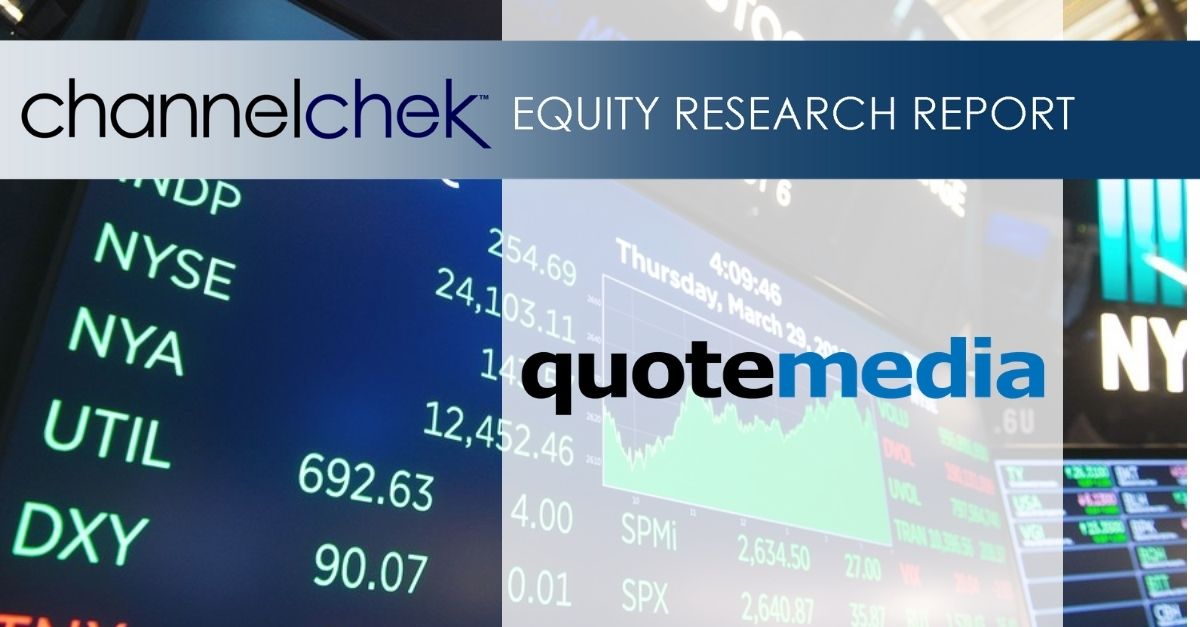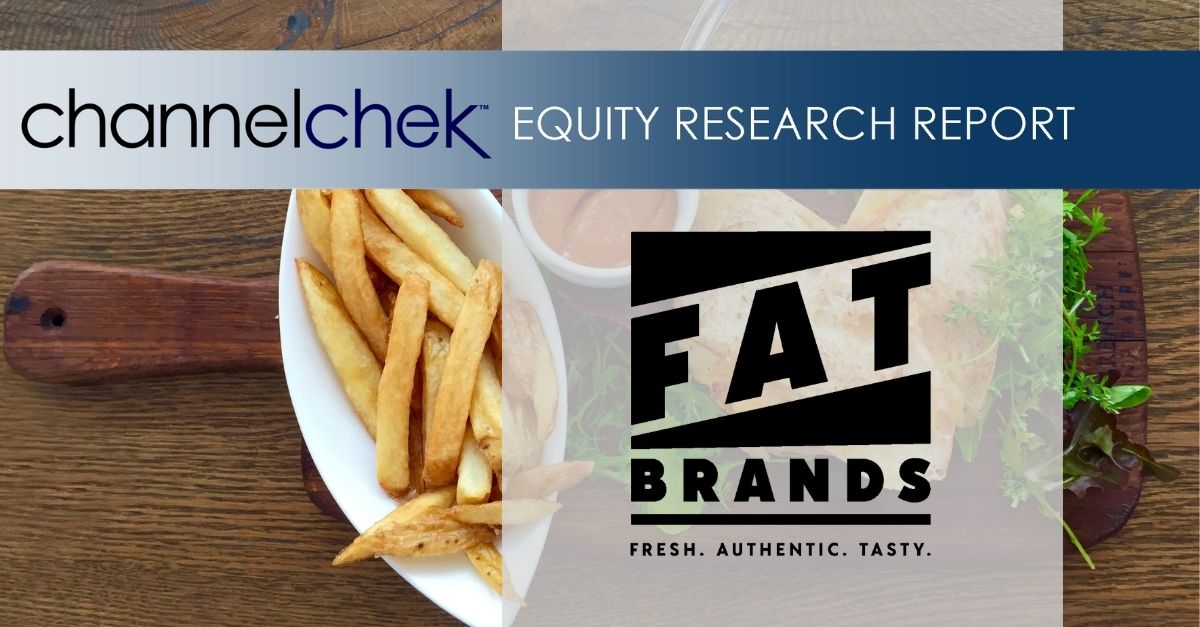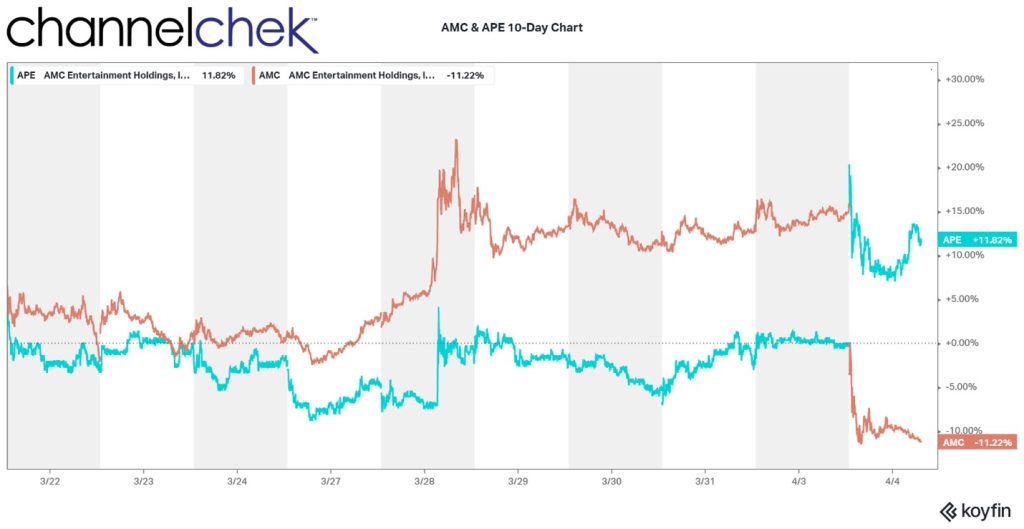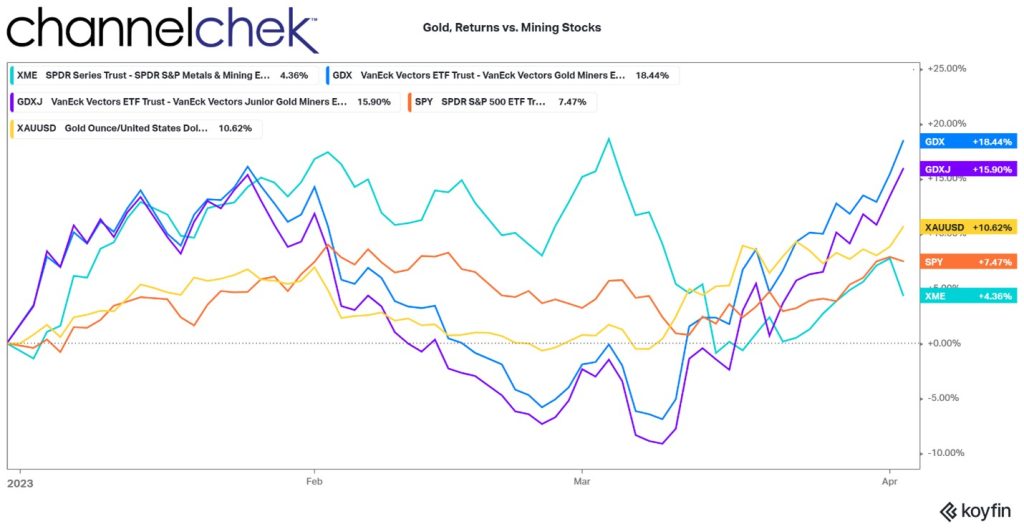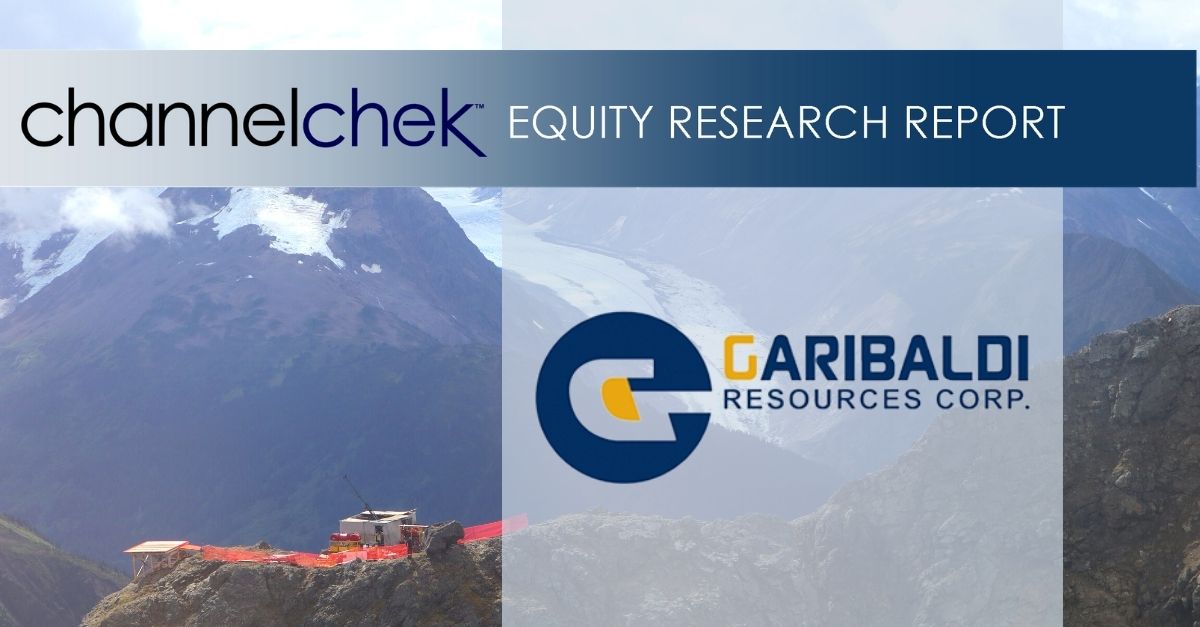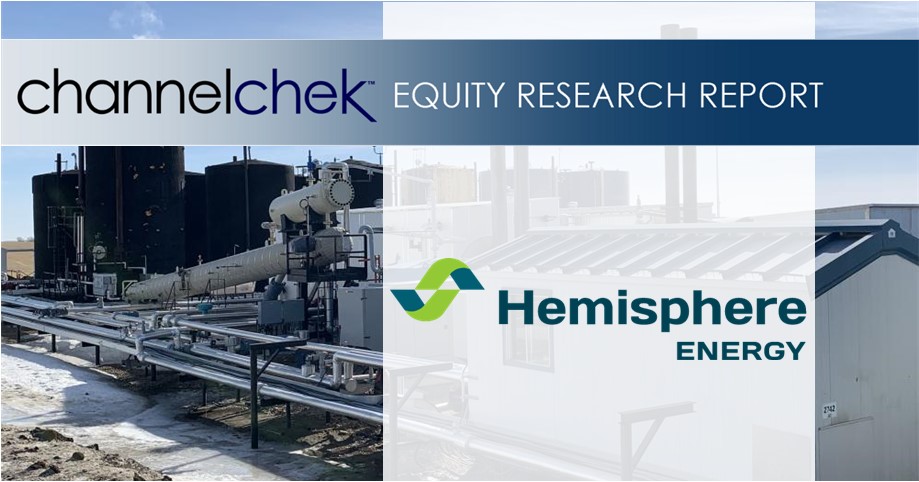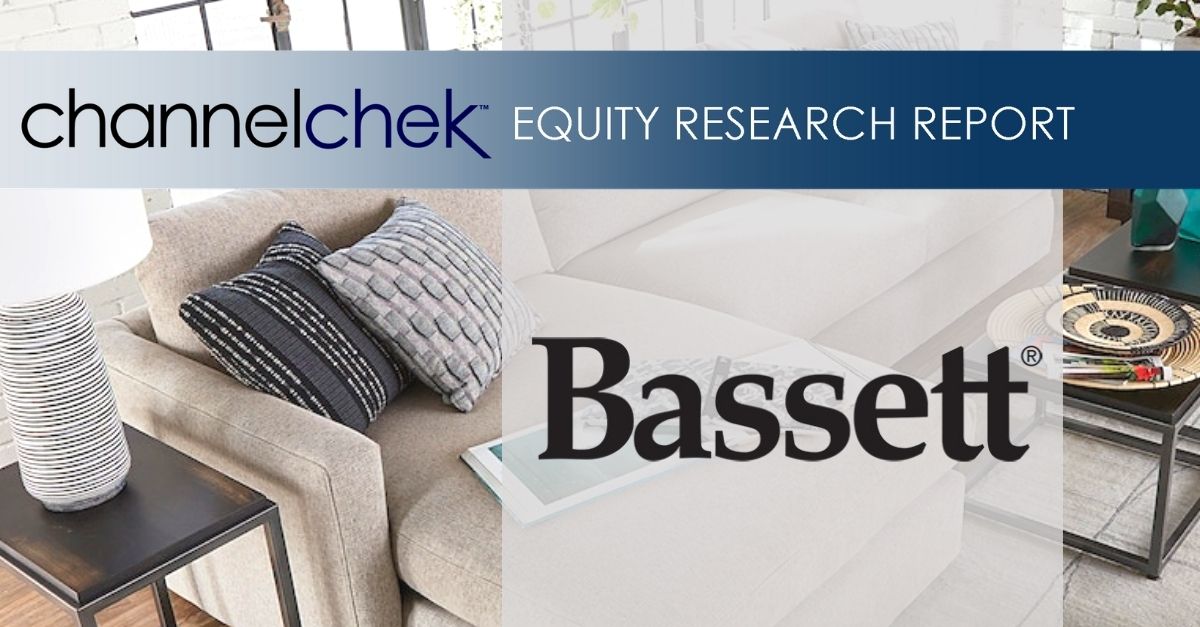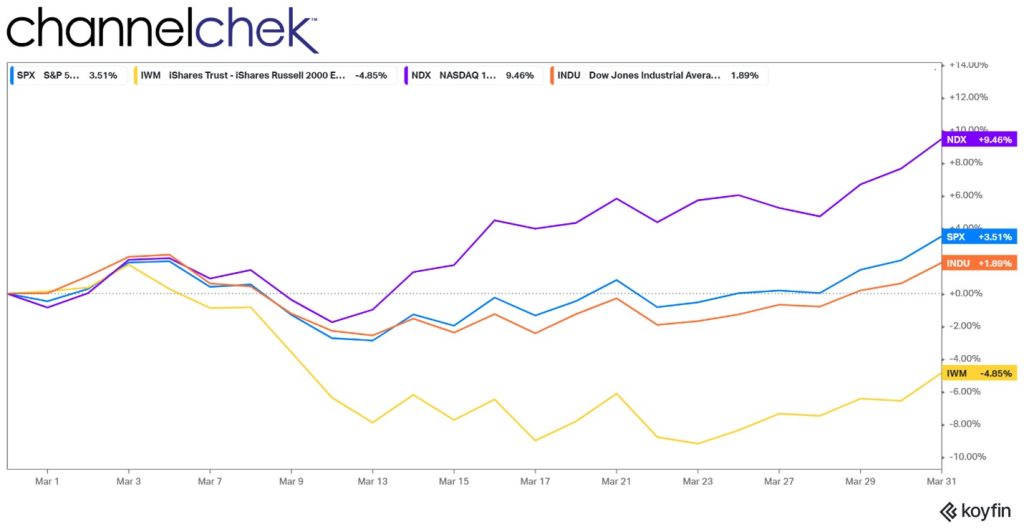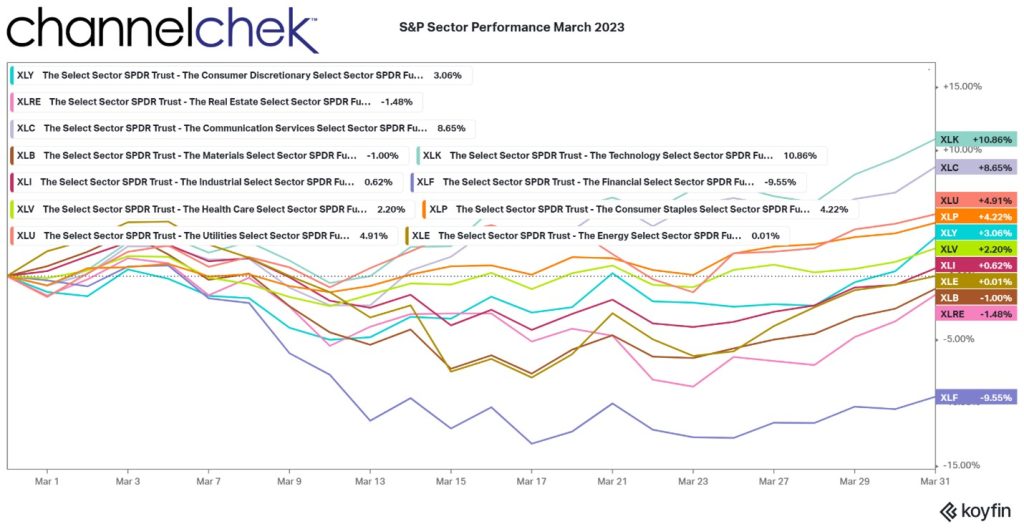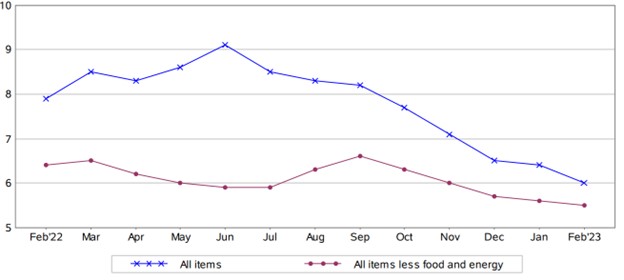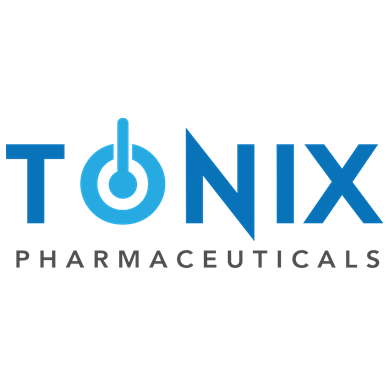
Research news and Market Data on TNXP
April 04, 2023 7:00am EDT
Prioritizing Clinical-Stage CNS Programs in Fibromyalgia, Depression, Migraine, and Cocaine Intoxication
Deprioritizing COVID-19 Related Programs and Pending Posttraumatic Stress Disorder (PTSD) Trial
Cash and Cash Equivalents Totaled Approximately $120.2 Million at December 31, 2022
CHATHAM, N.J., April 04, 2023 (GLOBE NEWSWIRE) — Tonix Pharmaceuticals Holding Corp. (Nasdaq: TNXP), a clinical-stage biopharmaceutical company, today announced it is reallocating resources and cash to streamline its pipeline and focus on its mid- and late-stage clinical programs within its core central nervous system (CNS) portfolio. The pipeline realignment prioritizes key near-term value drivers, reduces investment in several longer-term programs, particularly COVID-19-related studies, and delays the start of a posttraumatic stress disorder (PTSD) study in Kenya.
“We are excited to focus our efforts on the confirmatory, registration-enabling Phase 3 trial in fibromyalgia and the potentially pivotal Phase 2 trials for chronic migraine and depression,” said Seth Lederman, M.D., Chief Executive Officer of Tonix Pharmaceuticals. “To increase our operational efficiency, we intend to focus resources on our CNS portfolio – which also includes an upcoming Phase 2 study in cocaine intoxication – and to deprioritize several other programs with longer timelines, particularly programs related to COVID-19. With our experienced development team, Tonix is confident in its abilities to advance its diverse portfolio with multiple opportunities for achieving value creating milestones in 2023 and beyond.”
Key Anticipated 2023 Milestones
- Interim analysis results of Phase 3 RESILIENT study of TNX-102 SL (sublingual cyclobenzaprine tablets) for fibromyalgia in the second quarter of 2023.
- Interim analysis results of Phase 2 PREVENTION study of TNX-1900 (intranasal potentiated oxytocin) for chronic migraine in the fourth quarter of 2023.
- Interim analysis results of Phase 2 UPLIFT study of TNX-601 ER (tianeptine hemioxalate extended-release tablets) for major depressive disorder in the fourth quarter of 2023.
- Topline results of Phase 3 RESILIENT study of TNX-102 SL for fibromyalgia in the fourth quarter of 2023.
- Initiate enrollment in a potentially pivotal Phase 2 study of TNX-1300 (recombinant double-mutant cocaine esterase for injection) for the emergency room reversal of the effects of cocaine intoxication.
Tonix is aligning its operational and scientific efforts on its core CNS programs and deprioritizing other programs as follows:
Central Nervous System (CNS): The Company is prioritizing the advancement of its late- and mid-stage clinical fibromyalgia, depression, migraine, and cocaine intoxication studies and delaying the start of the Kenya PTSD study. The Company has received regulatory clearance in Kenya, which will allow it to rapidly restart the PTSD program at the appropriate time. The Company is discontinuing the enrollment of new patients in a Phase 2 clinical trial in fibromyalgia-type Long COVID. The approximately 60 patients enrolled to date in the Long COVID study will be followed to completion, with topline data expected in the third quarter of 2023. The Company believes that the data from the study may guide future development and support grant applications.
Infectious Disease: The Company is continuing to advance development of TNX-801 (live virus vaccine to protect against smallpox and mpox) and its portfolio of potential broad-spectrum antiviral agents, including direct antiviral engineered proteins, TNX-4000, and the host-directed antiviral series of molecules, TNX-3900. The Company will also continue work on the recombinant pox virus (RPV) platform vector technology as a platform for rapid response to new pathogens, rather than specifically on the TNX-1800/TNX-1850 vaccines for COVID-19. Near-term preclinical work on other COVID-19 related programs, including anti-COVID antibodies TNX-3600, TNX-3800 and TNX-4100, will be deprioritized.
Immunology and Rare Disease: The Company is continuing development on TNX-1500 (a third generation anti-CD40L monoclonal antibody for prophylaxis of organ transplant rejection and treatment of autoimmune disorders), and TNX-2900 (intranasal potentiated oxytocin), a small peptide for the treatment of hyperphagia in Prader-Willi syndrome (PWS). The FDA has granted Orphan Drug designation for TNX-2900 for PWS.
Tonix Pharmaceuticals Holding Corp.*
Tonix is a clinical-stage biopharmaceutical company focused on discovering, licensing, acquiring and developing therapeutics to treat and prevent human disease and alleviate suffering. Tonix’s portfolio is composed of central nervous system (CNS), rare disease, immunology and infectious disease product candidates. Tonix’s CNS portfolio includes both small molecules and biologics to treat pain, neurologic, psychiatric and addiction conditions. Tonix’s lead CNS candidate, TNX-102 SL (cyclobenzaprine HCl sublingual tablet), is in mid-Phase 3 development for the management of fibromyalgia with interim data expected in the second quarter of 2023. TNX-102 SL is also being developed to treat Long COVID, a chronic post-acute COVID-19 condition. Enrollment of approximately 60 patients in a Phase 2 study has been completed, and topline results are expected in the third quarter of 2023. TNX-1900 (intranasal potentiated oxytocin), in development for chronic migraine, is currently enrolling with interim data expected in the fourth quarter of 2023. TNX-601 ER (tianeptine hemioxalate extended-release tablets), a once-daily formulation being developed as a treatment for major depressive disorder (MDD), is also currently enrolling with interim data expected in the fourth quarter of 2023. TNX-1300 (cocaine esterase) is a biologic designed to treat cocaine intoxication and has been granted Breakthrough Therapy designation by the FDA. A Phase 2 study of TNX-1300 is expected to be initiated in the second quarter of 2023. Tonix’s rare disease portfolio includes TNX-2900 (intranasal potentiated oxytocin) for the treatment of Prader-Willi syndrome. TNX-2900 has been granted Orphan Drug designation by the FDA. Tonix’s immunology portfolio includes biologics to address organ transplant rejection, autoimmunity and cancer, including TNX-1500, which is a humanized monoclonal antibody targeting CD40-ligand (CD40L or CD154) being developed for the prevention of allograft and xenograft rejection and for the treatment of autoimmune diseases. A Phase 1 study of TNX-1500 is expected to be initiated in the second quarter of 2023. Tonix’s infectious disease pipeline includes TNX-801, a vaccine in development to prevent smallpox and mpox, for which a Phase 1 study is expected to be initiated in the second half of 2023. TNX-801 also serves as the live virus vaccine platform or recombinant pox vaccine platform for other infectious diseases. The infectious disease portfolio also includes TNX-3900 and TNX-4000, classes of broad-spectrum small molecule oral antivirals.
*All of Tonix’s product candidates are investigational new drugs (IND) or biologics and have not been approved for any indication. TNX-801, TNX-1500, TNX-2900, TNX-3900 and TNX-4000 are in pre-IND stage of development and have not been approved for any indication.
Forward Looking Statements
Certain statements in this press release are forward-looking within the meaning of the Private Securities Litigation Reform Act of 1995. These statements may be identified by the use of forward-looking words such as “anticipate,” “believe,” “forecast,” “estimate,” “expect,” and “intend,” among others. These forward-looking statements are based on Tonix’s current expectations and actual results could differ materially. There are a number of factors that could cause actual events to differ materially from those indicated by such forward-looking statements. These factors include, but are not limited to, risks related to the failure to obtain FDA clearances or approvals and noncompliance with FDA regulations; delays and uncertainties caused by the global COVID-19 pandemic; risks related to the timing and progress of clinical development of our product candidates; our need for additional financing; uncertainties of patent protection and litigation; uncertainties of government or third party payor reimbursement; limited research and development efforts and dependence upon third parties; and substantial competition. As with any pharmaceutical under development, there are significant risks in the development, regulatory approval and commercialization of new products. Tonix does not undertake an obligation to update or revise any forward-looking statement. Investors should read the risk factors set forth in the Annual Report on Form 10-K for the year ended December 31, 2022, as filed with the Securities and Exchange Commission (the “SEC”) on March 13, 2023, and periodic reports filed with the SEC on or after the date thereof. All of Tonix’s forward-looking statements are expressly qualified by all such risk factors and other cautionary statements. The information set forth herein speaks only as of the date thereof.
Contacts
Jessica Morris (corporate)
Tonix Pharmaceuticals
investor.relations@tonixpharma.com
(862) 904-8182
Olipriya Das, Ph.D. (media)
Russo Partners
Olipriya.Das@russopartnersllc.com
(646) 942-5588
Peter Vozzo (investors)
ICR Westwicke
peter.vozzo@westwicke.com
(443) 213-0505
Source: Tonix Pharmaceuticals Holding Corp.
Released April 4, 2023

